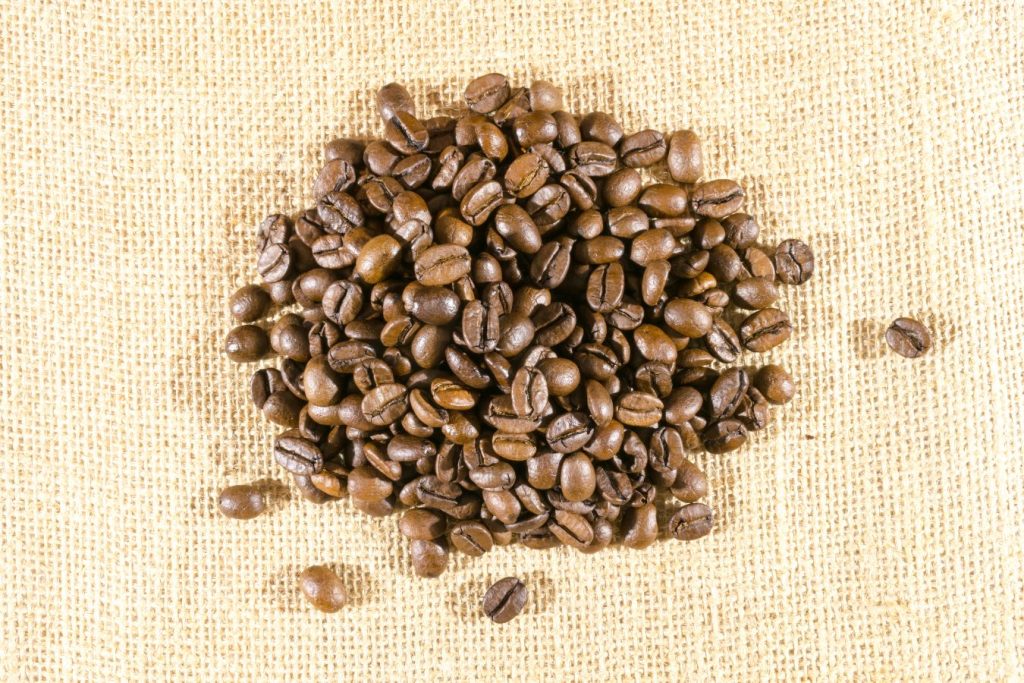Roasting preparation and coffee roasting profile design
What should you do before roasting coffee?
– Before roasting, check the weather, gas ingredients, and power outage schedule.
– Before starting the roasting process, check the temperature and humidity of the roasting room.
The temperature interaction between the roaster and the environment is analyzed in the field during the roasting operation to have proper batch controls.
– Before roasting, inspect the machine’s physical condition and its cleaning state.
– Heat the roasting machine for about 30 minutes, or until the heat threshold for the batch roast is reached. To avoid heat loss, make sure the airflow lock is closed.
– Close the cage switch and open the controller switch.
– Turn on the ignition. Set the medium-high throttle to heat the roaster to around 10-20 degrees Celsius higher than the heat delivered to the grain (Preheat).
– Warm up the machine for 25 to 30 minutes to reach the initial residual heat threshold.
– Increase the gas to reach the required heat supply threshold, then open the air (or turn off the burner, but do not open the door) drum to preheat before the first roast to prevent heat loss.
– For subsequent batches (on the same day), use the same heating and gas supply thresholds on the same grain core.
– Compare and contrast the results of different roasting batches. Reduce the heat level and reheat the next time you roast if the batch time is less than intended. If the roasting time is taking too long, increase the warm-up time.
– When a batch of roast is finished, open the full air (100 per cent Airflow) to reduce the machine’s heat to the “input heat” threshold for the next batch (remember, after discharging the previous batch’s seeds to the tray).
After cooling is complete, the roasting cage door should be rapidly closed to avoid significant heat loss, as the Sensor will detect phantom heat owing to late denaturation. Airflow ventilation is used here.
It is advised that the device manages the heat optimally (or momentarily switches off the burner) and that the roasting cage door is not opened.
Design of a coffee roasting profile
– Design an ideal profile as a basis for monitoring, comparing with reality, and adjusting for better results in subsequent roasts, depending on the kernel type and the product’s ultimate usage (Drip/Pour Over; Espresso; Traditional Filter…)
The following issues should be considered while designing a roasting profile:
– Determine the preheat level threshold and beginning gas level by specifying particle information.
– Define the desired use for calculating batch times and ideal time ratios for the time-dev phase (including initial explosion), caramelization, Maillard reaction, and the drying phase.
– Can create a spreadsheet using Excel software and compare the actual roasting process to the profile design, allowing for acceptable alterations to meet the roast’s purpose.

